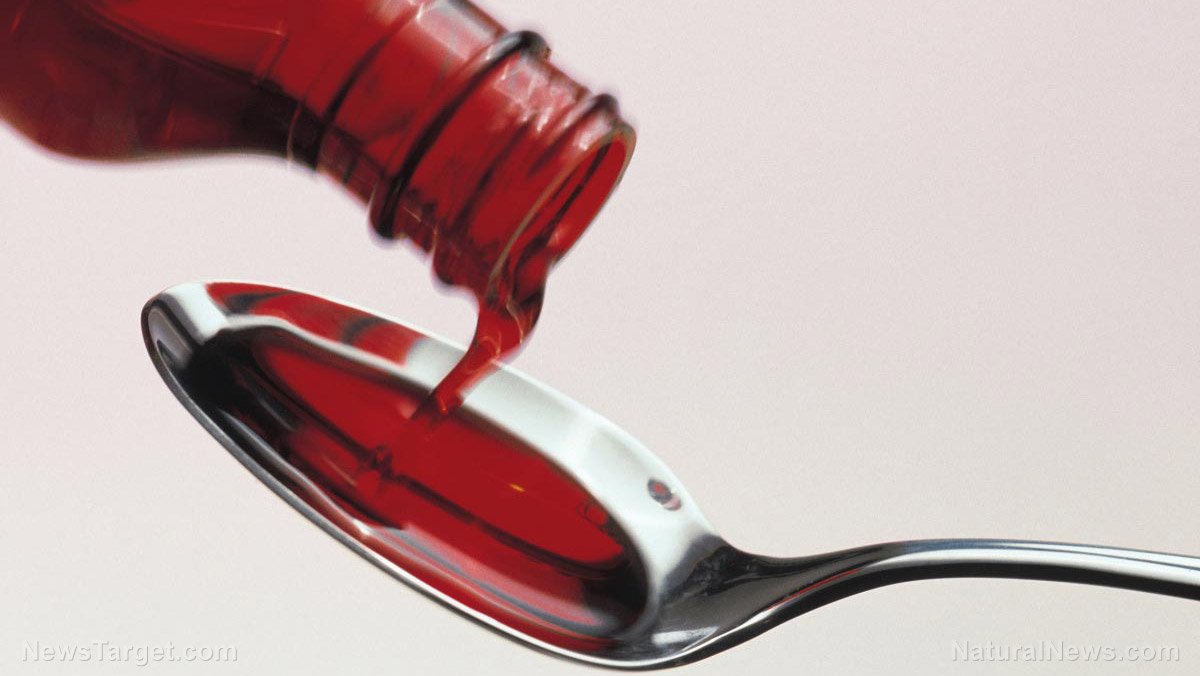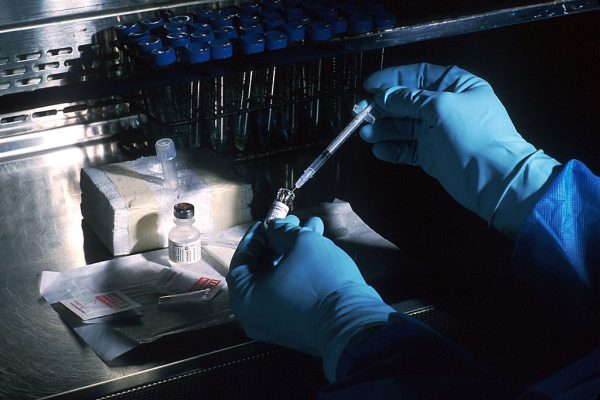New blood donation rules to allow gay men and prostitutes to donate blood just 90 days after unprotected sex
07/26/2017 / By Isabelle Z.

England and Scotland are set to relax the restrictions that are currently placed on blood donations from gay men and sex workers as part of a series of reforms that were recently announced by the government.
Under the current rules, gay men must wait a full year after the last time they had sexual intercourse before they are allowed to donate blood. This is considered by many to be a de facto ban as most sexually active people find it difficult to abstain for such a long period. The new rule sees the period of abstinence dropped to just 90 days.
Moreover, sex workers will also be subject to the same 90-day period; in the past, they were completely banned from donating blood.
The new rules have been established in response to testing advancements that allow blood-borne viruses like HIV and hepatitis B and C to show up much earlier than before, rendering the previous long waits unnecessary.
At the height of the 1980s AIDS epidemic, gay men were banned entirely from donating blood. At the time, testing methods were not as quick or accurate as they are now, and this group had a significant risk of HIV. The U.K. relaxed the outright ban to a 12-month abstinence requirement in 2011.
Scientists now say three months is enough time
Scientists say that viruses and infections can now be detected within just three months of infection. Experts believe this rule change will enable the country’s blood supply to grow without compromising its safety. The U.K. is not currently experiencing a shortage, but NHS Blood and Transplant says that 200,000 new donors are needed each year to replenish the blood supply.
The Welsh Government is currently considering whether or not to follow suit. There have also been proposals to change the laws regarding donations from those who have undergone endoscopy, acupuncture, tattooing or piercing.
The U.S. currently uses donation rules that are similar to those the U.K. now considers outdated, but then again, the FDA has never been known for being logical. Although the ban on donations from gay men that had been in place for 30 years was recently replaced with a year-long ban, many feel this is still too strict.
Critics of the current rules point out that although gay men as a group do have a much higher risk of HIV, a monogamous gay man who practices safe sex with his partner is less at risk than a promiscuous heterosexual man who sleeps with hundreds of partners yet is not subjected to a one-year abstinence period. In addition, HIV can now be detected just two to three weeks after infection, making the year-long wait needlessly lengthy.
Other potential screening approaches
Many have suggested that a more effective approach than a ban that is likely excluding a lot of potentially useful and life-saving blood would be the method used in Italy and South Africa, where all potential blood donors are screened on an individual basis for risky behaviors like unprotected sex and intravenous drug use. This has the added benefit of reducing the amount of blood that is accepted from heterosexuals who engage in risky behavior. Of course, this requires specially trained personnel to carry out the screening; in the U.S., unskilled labor and automated computer systems are generally used for the screening.
A 2010 study from the University of California Los Angeles found that removing the 12-month ban in the U.S. could add as many as 298,000 pints of blood to our national supply.
Sources include:
Tagged Under: AIDs, blood donation, blood donation rules, blood screening, blood supply, gay blood ban, gay men, HIV testing, HIV transmission



















